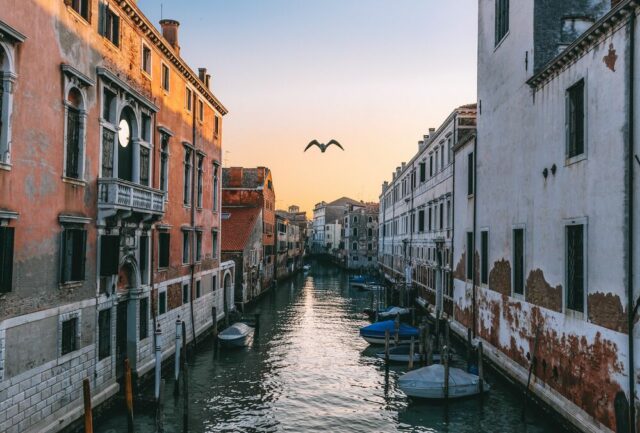New Measures in Venice to Tackle Mass Tourism Issues
Venice, the enchanting city known for its canals and rich history, is facing a significant challenge: mass tourism. To address this growing problem, local authorities have rolled out a new set of regulations that aim to preserve the integrity of this beautiful destination while enhancing the experience for both tourists and locals.
What’s New?
One of the most noticeable changes involves tour guides. They’re now prohibited from using loudspeakers in the streets, which not only reduces noise pollution but also contributes to a more serene atmosphere for visitors and residents alike. Additionally, the size of tourist groups has been capped at 25 people. This means that visitors can enjoy a more personalized experience, fostering a better connection with the city’s unique culture.
The Strain of Mass Tourism
Let’s delve into the numbers. Venice has a resident population of around 250,000, yet in the height of tourism, over 13 million visitors flock to the city each year. That’s more than 50 times the local population! While the pandemic saw a temporary dip, many experts predict a rebound in tourism as travel restrictions lift, which raises concerns about sustainability.
- Currently, there are about 49,000 tourist accommodations in the historical center — a staggering figure compared to the housing available for local residents.
- Such an imbalance not only drives up housing costs for locals but also threatens the authenticity of the city’s culture and lifestyle.
Balancing Act: Tourist Tax Implementation
In a bid to regulate tourist flow and promote responsible travel, Venice has previously enacted a tourist tax, charging visitors 5 euros for day trips. This initiative not only dissuades over-visitation but also generates vital funds to help maintain the city’s infrastructure. Imagine if every tourist paid a little towards the upkeep of this historical gem — it could make a significant difference!
A Vision for Sustainable Tourism
The new regulations indicate a shift in how the city is approaching tourism. There is a growing recognition of the need to balance visitor interest with the preservation of cultural heritage. For instance, local artisans and shop owners often express worries that mass tourism dilutes their craft and community. By implementing these measures, Venice aims to cultivate a sustainable tourism model that serves the interests of both residents and visitors.
In the end, the hope is not just to endure the tourist surge but to enhance the overall experience of everyone involved. As Venice braces for a potential increase in visitors, the local community and city officials are optimistic that these thoughtful regulations will safeguard the distinctive character of Venice for future generations.
To ensure you experience Venice in a way that respects both the city and its inhabitants, consider exploring lesser-known neighborhoods, dining at family-owned restaurants, and engaging in local traditions. The aim is to enjoy the magic of Venice while supporting its community and preserving its heritage.





